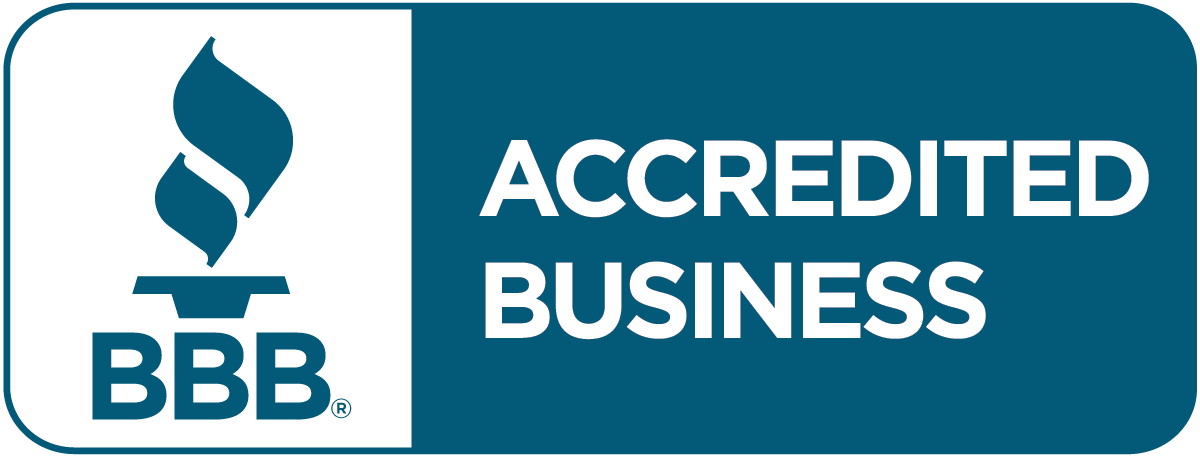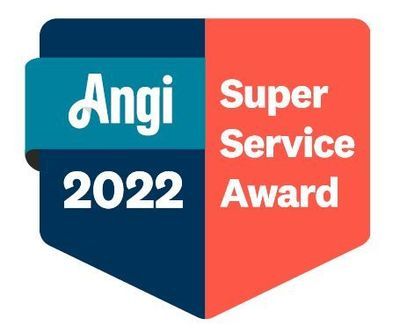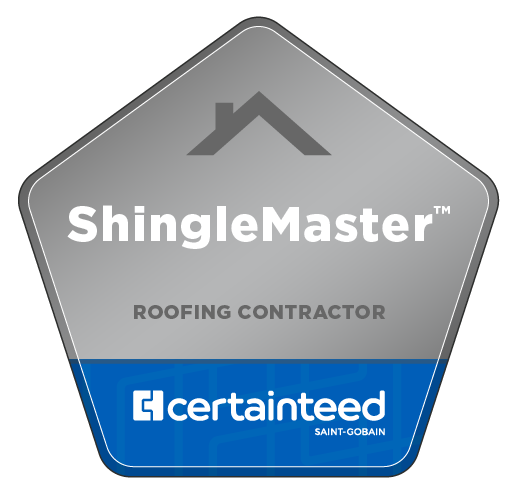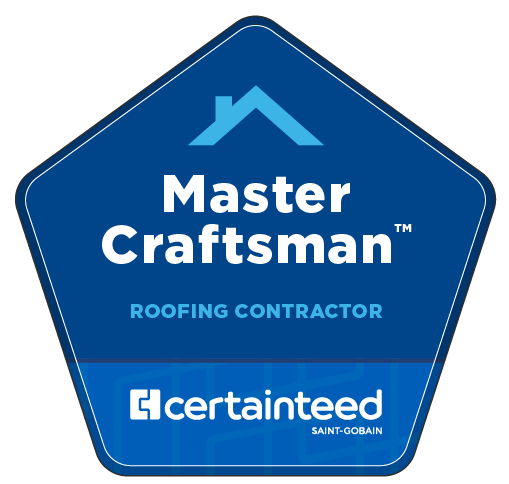3 Essential Siding Styles
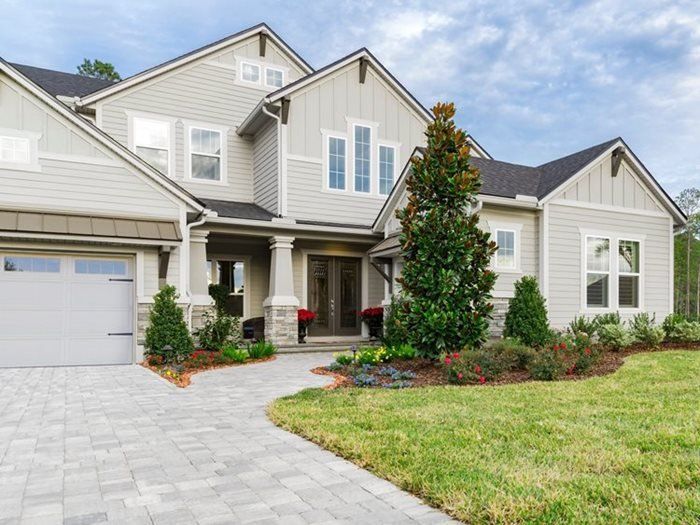
Siding is one of the most effective ways to transform the outside of your home and make it stand out. This is one of the biggest exterior choices you can make, so planning ahead will help ensure you get a house that appeals to you now and looks timeless for years to come.
To help guide your house siding ideas for your current residence or new dream home, here’s what you need to know about the three most essential siding styles.
LAP SIDING
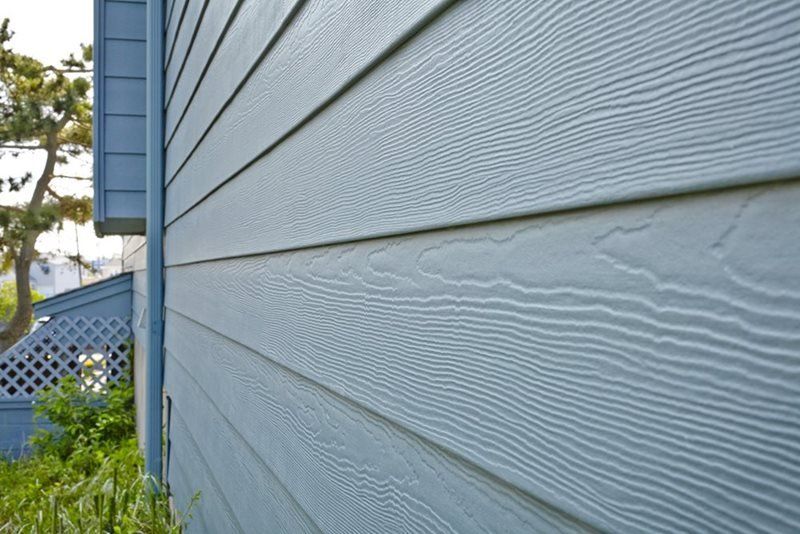
Lap siding, which is also known as clapboard or plank siding, is probably the most widely recognized style. It is made up of long planks that are installed horizontally with the course of siding above slightly overlapping the course of siding below.
Lap siding is often seen on traditional homes, but Alan Barley, a principal owner of
Barley|Pfeiffer Architecture in Austin, Texas, said small tweaks can give lap siding a more contemporary flair.
“I don’t consider lap siding locked into one style of house or another,” Barley said. “It’s the application that makes it lean one way or another.”
For example, Barley said traditional houses tend to use small-to-mid-width lap siding planks that end on wide trim boards on corners and around windows. Lap siding can skew more contemporary by eliminating trim from the design, or even using alternating plank exposures
SHINGLE SIDING
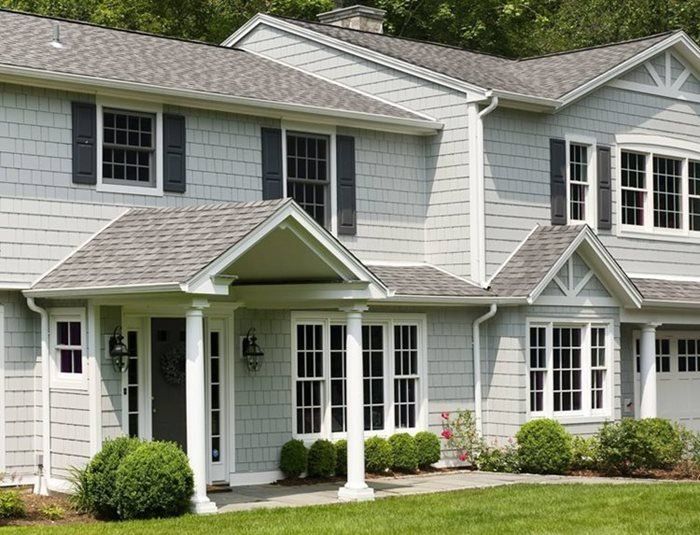
Shingle siding, also known as shake siding, is easily recognizable and many people associate it with Victorian-style homes or quaint New England Cape Cods. It is also commonly used as an accent material in roof gables.
Barley notes that shingle siding isn’t limited to small accents and can be effectively used as a main feature of the house in conjunction with other siding materials. For example, a house might have stone to the middle of the first floor, a section of horizontal siding, and then a wide band of shingle at the top.
Wood is the traditional material for shingle siding, but modern materials, like fiber cement, also come in various heights and textures, with either straight, staggered or scalloped edges, which mimic the appearance of wood with lower maintenance.
VERTICAL SIDING
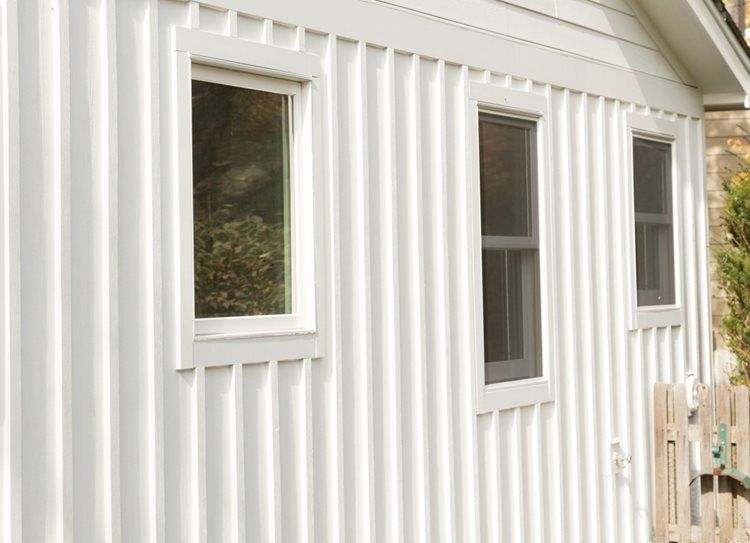
Vertical siding, or panel siding, is characterized by its tall, wide panels that provide a clean, unadorned appearance that’s typical of contemporary homes. Vertical siding can be used on its own for this modern look, but you can also use it as the basis for the widely popular board and batten style. For this look, vertical batten strips are placed atop panel siding at regular intervals to create a rustic aesthetic.
While
board and batten is often associated with farmhouse-style homes, it is a versatile siding style. You can easily change the feel of the design by shrinking the space between battens, which can be a more contemporary application
DEFINE YOUR STYLE
The look you are trying to achieve will define the style of siding for your home. Barley recommends that homeowners clearly communicate these tastes to your architect or designer, and ask about their design philosophy as well. Barley likes to incorporate materials with regional flavor and color palettes that blend with the home’s surroundings.
“You let the client’s needs and the site’s needs determine the design,” Barley said. “You, as the architect, try to get yourself out of the way and identify the symbiosis between the land and the people on the land.”
Since most modern siding comes in similar styles, it’s important to consider what the materials are made of so you get long-lasting protection without a lot of maintenance. Fiber cement is a durable siding material that comes in a wide range of styles and finishes that mimic the look of wood and stucco, but are engineered to stand up beautifully, whatever the elements.
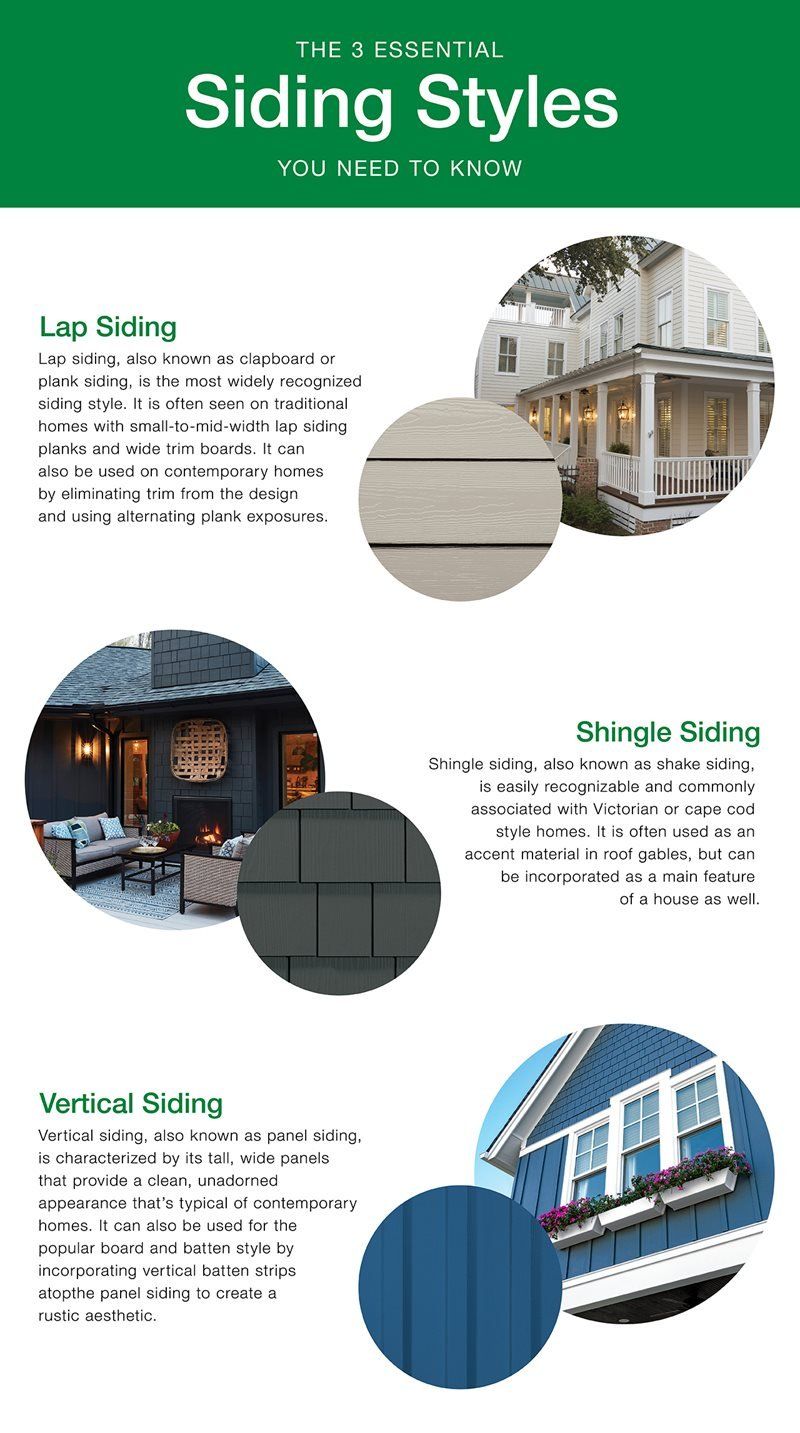
Source: James Hardie
Contact Ohio Exteriors Today for Your Home Renovation Needs
If you want top-quality products and uncompromising customer service, make Ohio Exteriors your trusted Columbus contractor today. Call us at
(614) 683-2267 or submit our online request form for more information.

